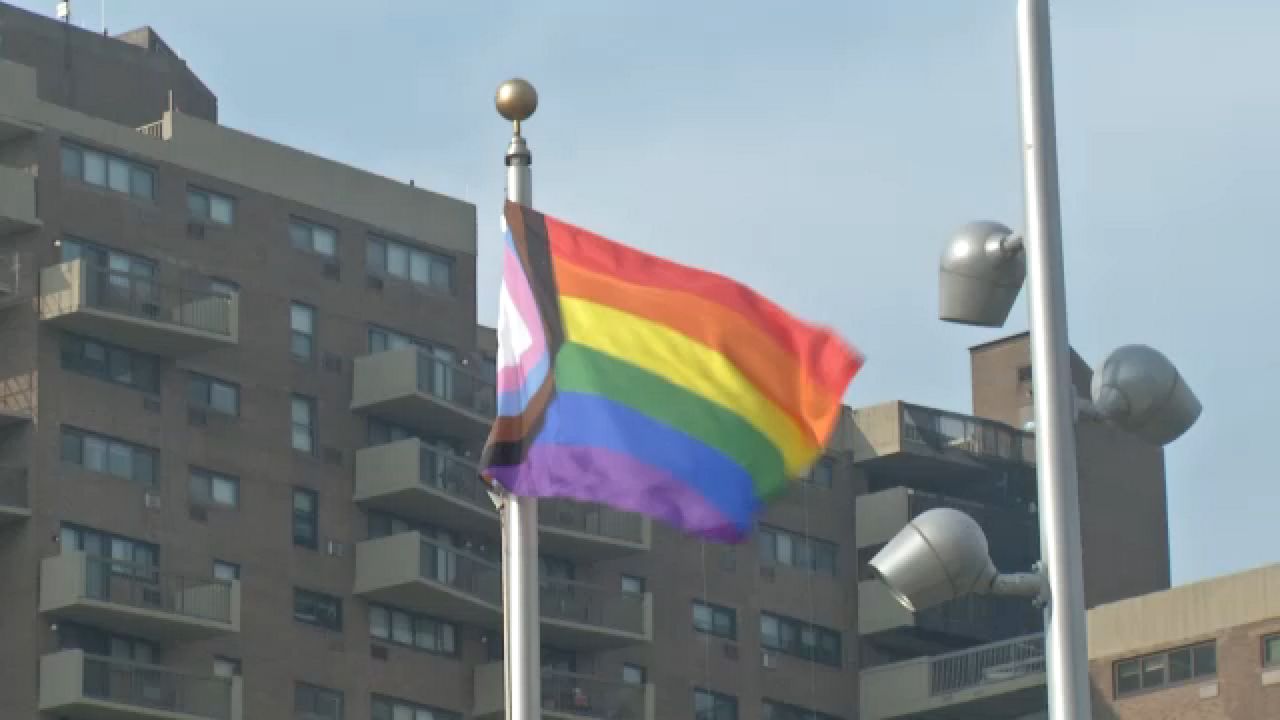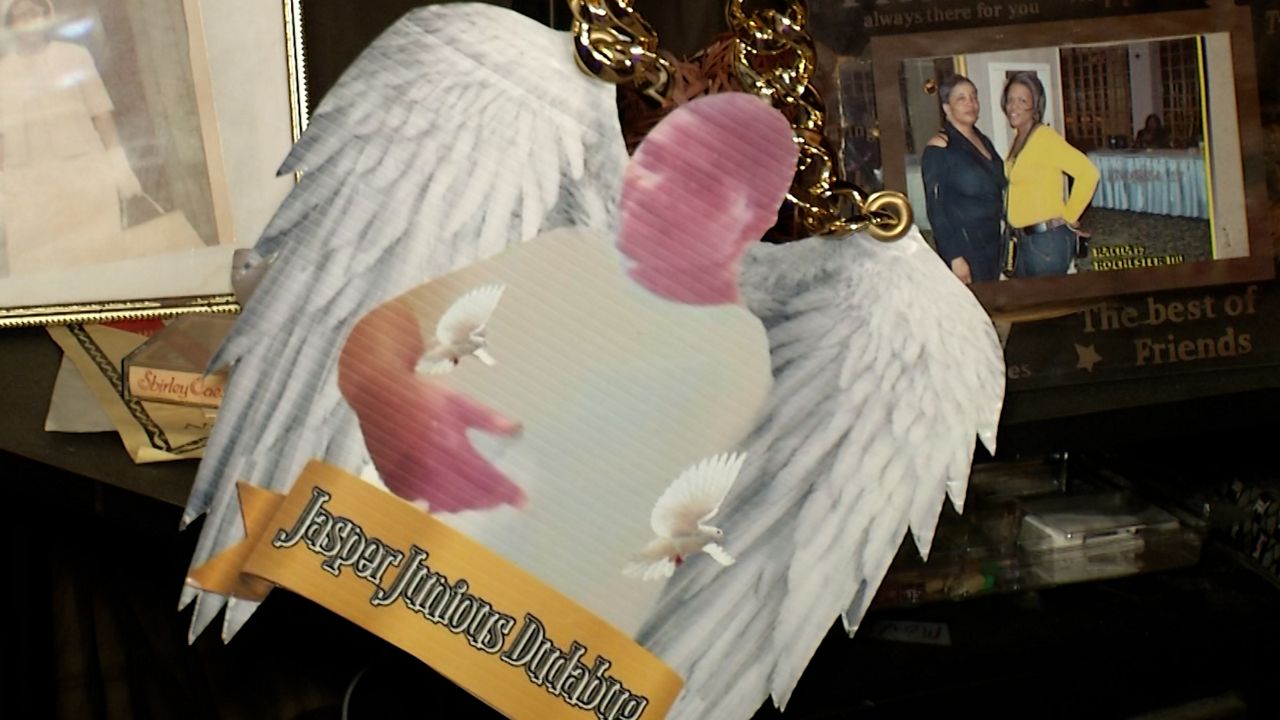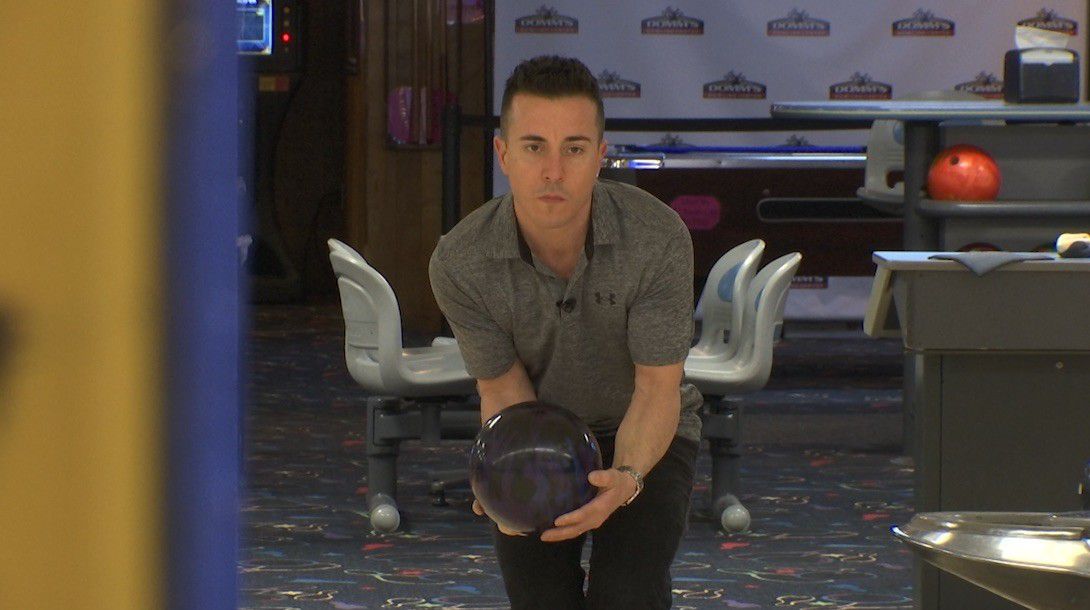ROCHESTER, N.Y. — To Karen Cervini’s neighbors, she’s known as the bug lady.
“Not all bugs, it’s not all bugs, trust me because the milkweed has tons of bugs, spiders, ants, flies, you name it. They’re on that milkweed and I don’t like them,” she said.
But to her community, she is sort of a teacher, showing them how she raises monarch butterflies before tagging them and releasing them back into the wild.
“The last generation, which is the fourth or the fifth, it kind of varies, you tag them and if you’re lucky enough they are seen somewhere else and you may receive a certificate stating your butterfly made it, in my case, to Ohio,” Cervini said.
Her backyard is a certified way station, a place that provides resources necessary for monarchs to produce successive generations and sustain their migration. Like milkweed, which feeds caterpillars.
“We probably have like 25 milkweed plants…My husband is like when is it gonna stop!” she said.
According to the Monarch Butterfly Fund, the eastern monarch population decreased by nearly 60% in the 2023-2024 overwintering season. So Cervini’s love for monarch’s is actually also helping to save them.
“I think it’s that the poor mamas don’t put them where they’re going to be safe. Like there will be little tiny milkweeds throughout the grass in a field that are going to get mowed down and there’s eggs on it. So I don’t just collect the eggs at my house I go all over the place,” Cervini said.
Something she does everyday.
“Everyday three times a day!” she said.
According to Monarch Joint Venture, researchers say that less than 10% of monarch eggs reach adulthood.
“When you find that first egg, your main objective is to keep it safe,” said Cervini.
Finding her own way to save the monarchs right from her own backyard.
“I’m hoping more and more people will do something as simple as just plant milkweed. Because is they do that… it’ll keep going,” she said.









